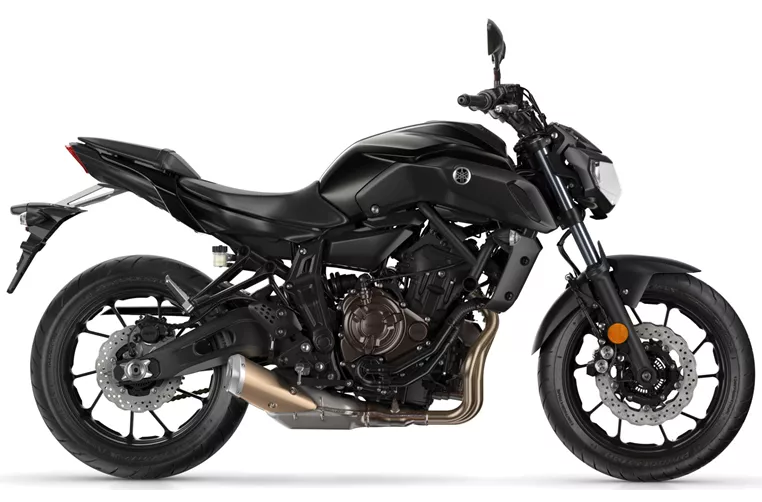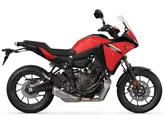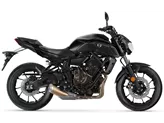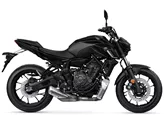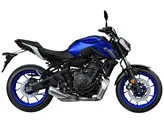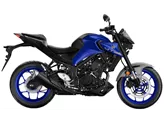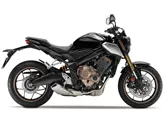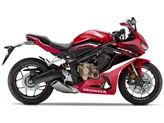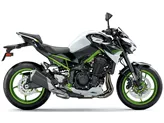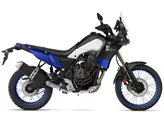Kawasaki ER-6n 2013 vs. Yamaha MT-07 2018
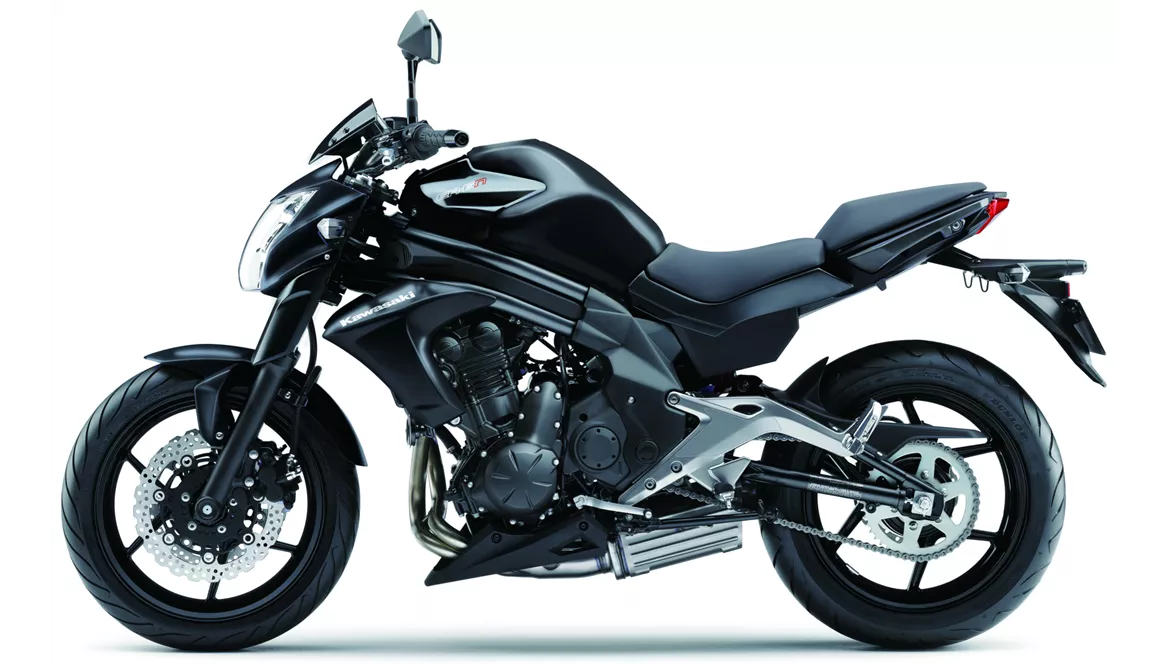
Kawasaki ER-6n 2013
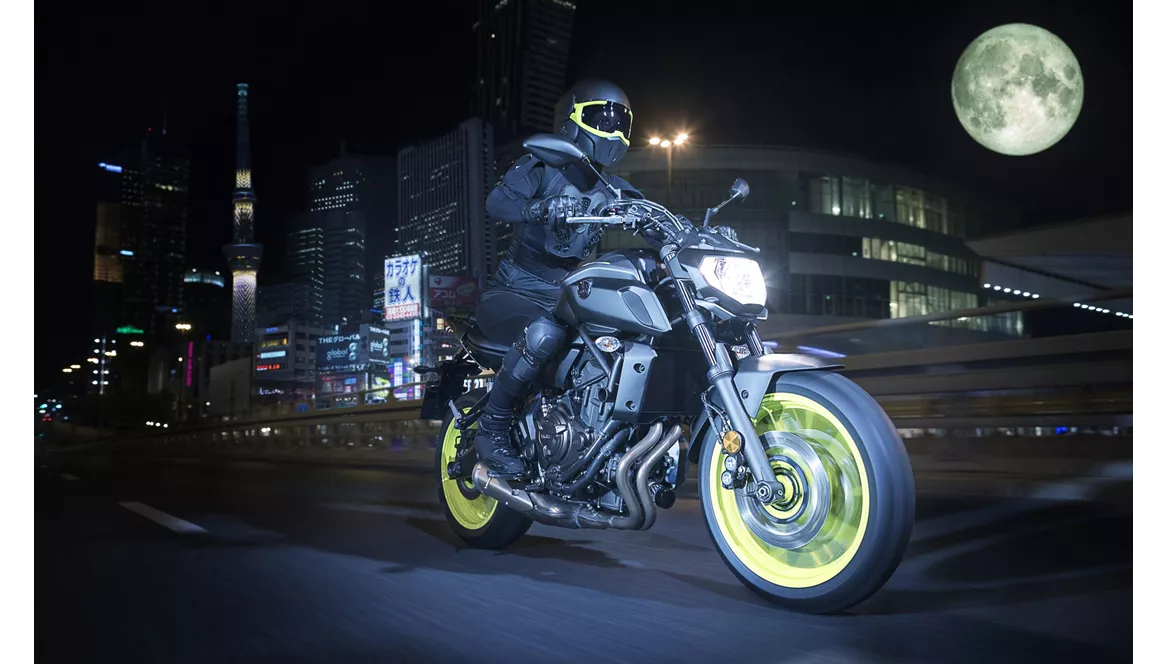
Yamaha MT-07 2018
Vue d’ensemble - Kawasaki ER-6n 2013 vs Yamaha MT-07 2018
The Kawasaki ER-6n model year 2013 and the Yamaha MT-07 model year 2018 are both naked bikes that offer a thrilling riding experience. While they share some similarities in terms of engine type, power, torque, cylinders, cooling, and frame material, there are also notable differences between the two models.
In terms of engine specifications, the Yamaha MT-07 2018 has a slightly higher engine power of 75 HP compared to the Kawasaki ER-6n 2013's 72 HP. The Yamaha MT-07 2018 also has a slightly higher torque of 68 Nm compared to the Kawasaki ER-6n 2013's 64 Nm. However, the difference in power and torque is not significant and may not be noticeable during regular riding.
The displacement of the Yamaha MT-07 2018 is larger at 689 ccm compared to the Kawasaki ER-6n 2013's 649 ccm. This may result in slightly better performance and acceleration for the Yamaha MT-07 2018.
In terms of braking, both models feature double disk brakes at the front. However, the Yamaha MT-07 2018 is praised for its powerful brakes, while the Kawasaki ER-6n 2013 is criticized for having weak brakes. This may be a significant factor to consider for riders who prioritize safety and braking performance.
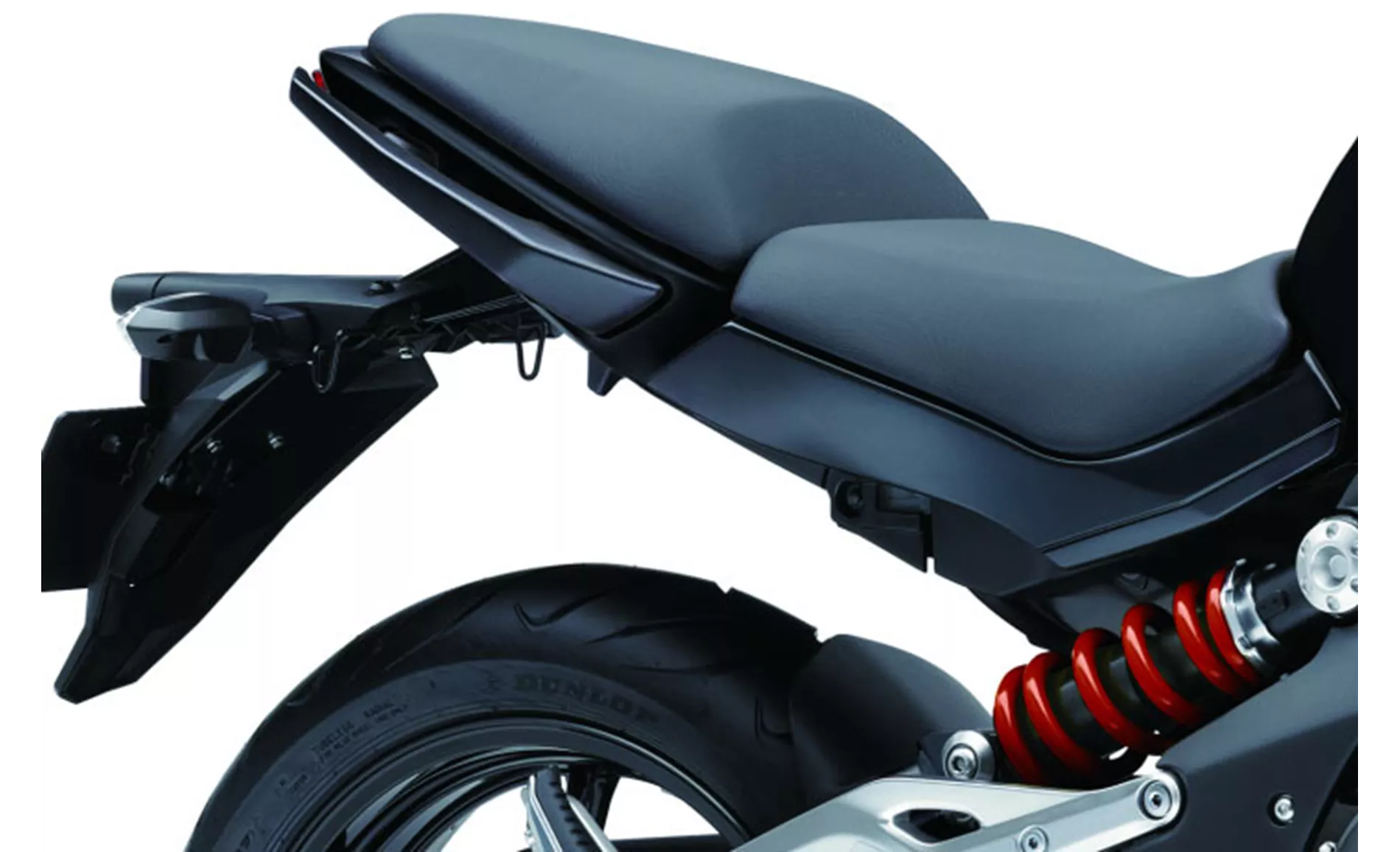
Kawasaki ER-6n 2013
In terms of dimensions and weights, the Yamaha MT-07 2018 is lighter with a kerb weight of 179 kg compared to the Kawasaki ER-6n 2013's 204 kg. This lower weight contributes to the Yamaha MT-07 2018's extremely agile handling and light feel on the road. The Yamaha MT-07 2018 also has a slightly shorter wheelbase of 1400 mm compared to the Kawasaki ER-6n 2013's 1410 mm.
Both models have a seat height of 805 mm, which provides a comfortable seating position for most riders. However, the Yamaha MT-07 2018 is praised for its comfortable seating position, while the Kawasaki ER-6n 2013 does not receive specific praise in this area.
In terms of tire dimensions, both models have a front tire width of 120 mm and a front tire diameter of 17 inches. However, the Yamaha MT-07 2018 has a wider rear tire width of 180 mm compared to the Kawasaki ER-6n 2013's 160 mm. This wider rear tire may contribute to the Yamaha MT-07 2018's better grip and stability.
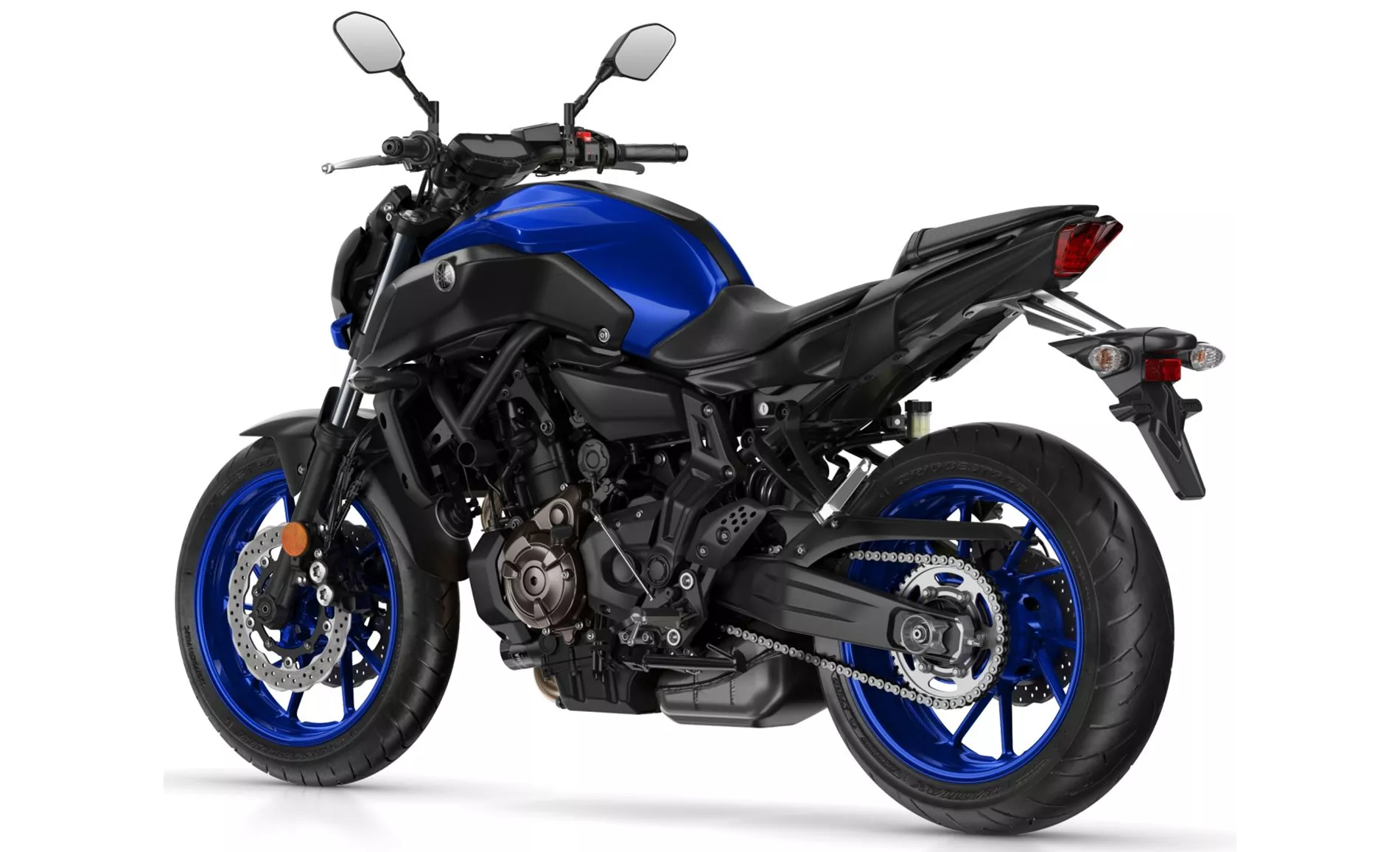
Yamaha MT-07 2018
The fuel tank capacity of the Kawasaki ER-6n 2013 is larger at 16 liters compared to the Yamaha MT-07 2018's 14 liters. This may result in slightly longer range for the Kawasaki ER-6n 2013.
In terms of overall strengths, the Kawasaki ER-6n 2013 is praised for its solid handling and high-quality level. On the other hand, the Yamaha MT-07 2018 is praised for its extremely agile engine, very light handling, low weight, aggressively angular look, powerful brakes, comfortable seating position, and throaty sound.
In terms of weaknesses, the Kawasaki ER-6n 2013 is criticized for having weak brakes. The Yamaha MT-07 2018, on the other hand, is criticized for having a chassis that is a little soft, footrests that drag quickly, some cheap plastic parts, a boring telescopic fork, and instruments that could be easier to read.
Overall, both the Kawasaki ER-6n 2013 and the Yamaha MT-07 2018 have their own strengths and weaknesses. It ultimately comes down to personal preference and priorities when choosing between the two models.
Caractéristiques techniques Kawasaki ER-6n 2013 par rapport à Yamaha MT-07 2018
Avantages et inconvénients en comparaison
Avantages et inconvénients en comparaison
Kawasaki ER-6n 2013

Le moteur est très puissant et amusant, et l'ER brille par sa finition japonaise soignée et son prix compétitif.
Yamaha MT-07 2018
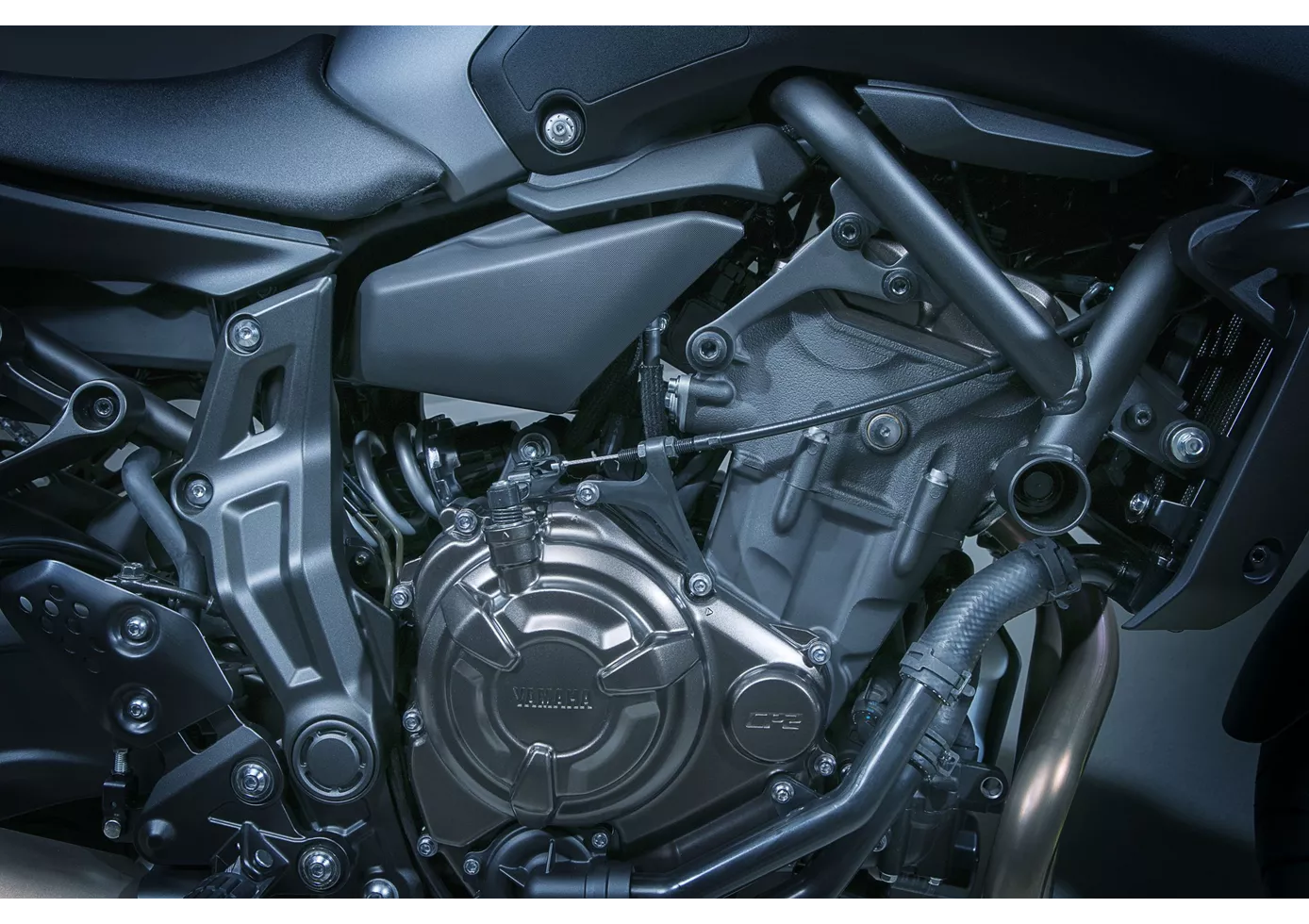
La MT-07 est une incroyable machine de plaisir qui se laisse conduire de manière extrêmement sportive. Les freins sont très puissants, la maniabilité est excellente et le moteur est de loin le plus agile de sa catégorie - et même au-delà. La maniabilité s'y prête parfaitement et le design agressif avec ses nombreux angles et arêtes peut également plaire. Seul le châssis fait le bon compromis typique entre confort et sport et doit probablement rappeler que la MT-07 bon marché a aussi quelque chose à offrir aux débutants.
Comparaison des prix Prix moyen du marché Kawasaki ER-6n vs Yamaha MT-07
There are a few key differences between a Kawasaki ER-6n 2013 and a Yamaha MT-07 2018. It takes less time to sell a Kawasaki ER-6n with 42 days compared to 54 days for a Yamaha MT-07. Since model year 2006 1000PS.de editors have written 16 reviews for the Kawasaki ER-6n and 69 reviews for the Yamaha MT-07 since model year 2013. The first review for the Kawasaki ER-6n was published on 6/29/2005 and now has more than 11,200 views. This compares to more than 12,600 views for the first review on Yamaha MT-07 published on 11/4/2013.

